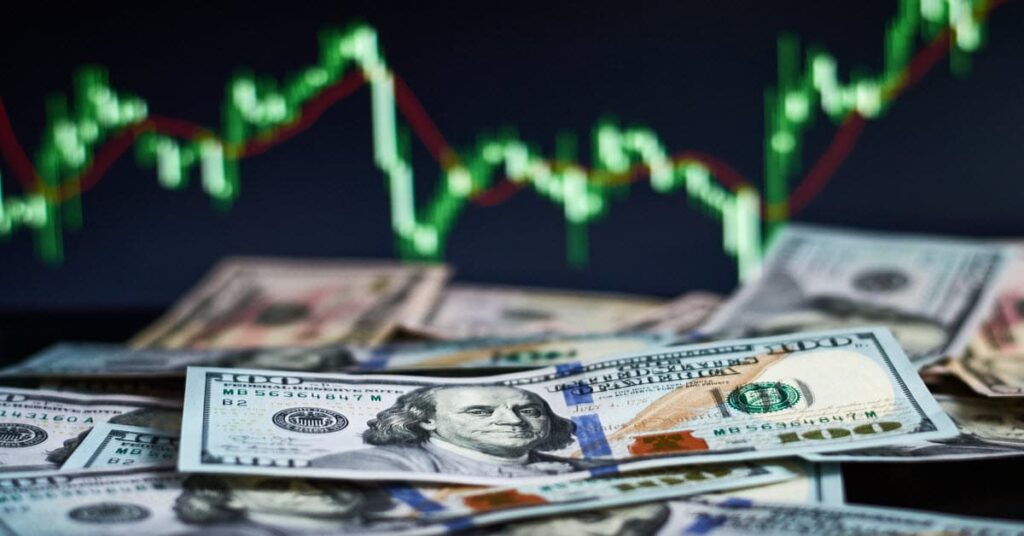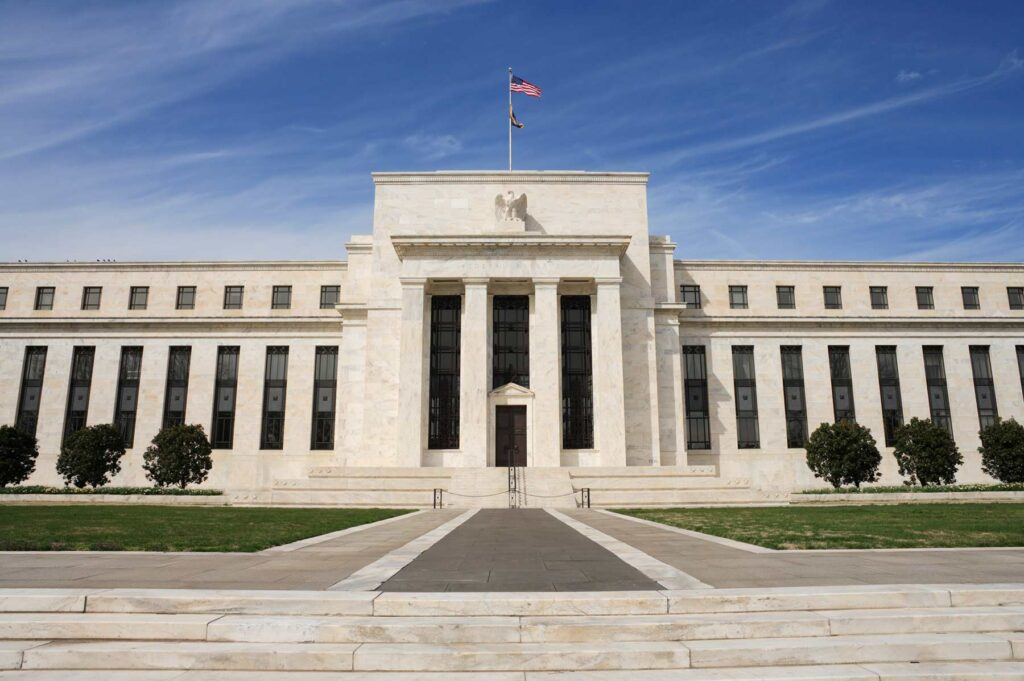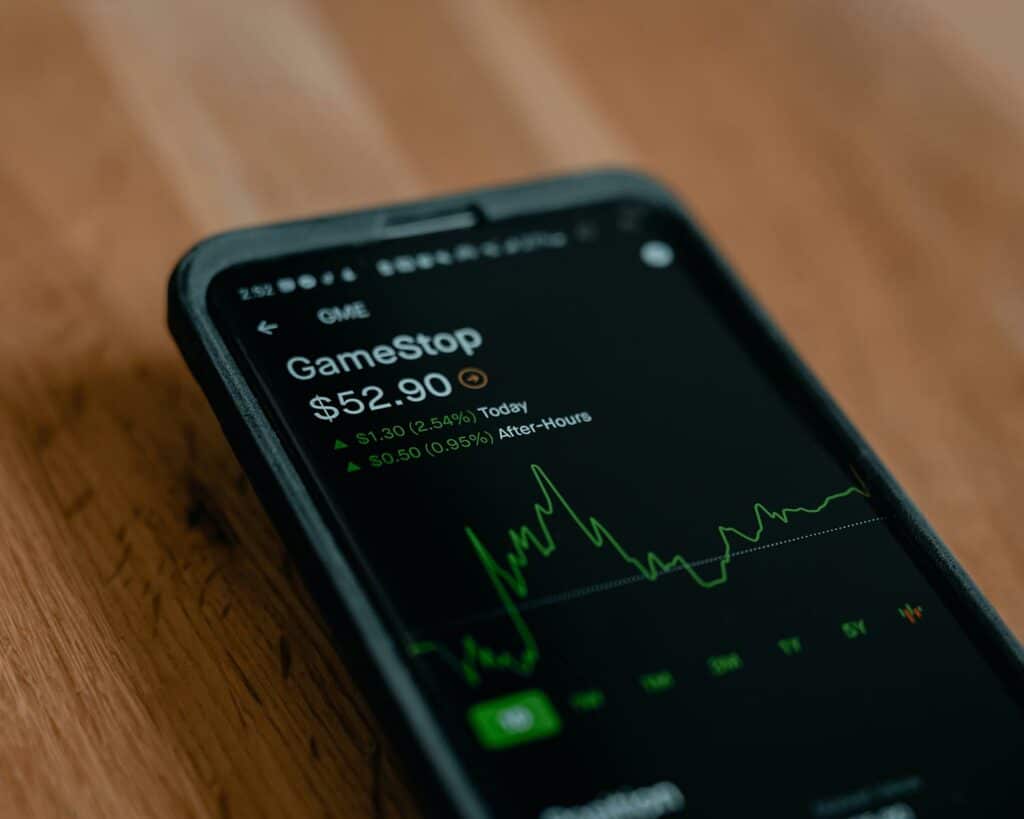Meme stocks witness unusual rallies solely based on retail investors’ interest in them. Retail investors gather on social media platforms such as Reddit, Stocktwits, Twitter, and Facebook and bet on fundamentally weak stocks to trigger a short squeeze. As the skyrocketing rallies in these stocks have little to do with the fundamentals of the companies, they fail to sustain the high price levels they reach.
The meme stock mania, born during the peak of the COVID-19 pandemic, has recently returned after a pause for a few months, as evident from unusual rallies of certain fundamentally weak stocks. Since the surge in meme stocks is usually disconnected from the companies’ fundamentals, investors should shun them amid an uncertain market outlook.
The Consumer Price Index (CPI) for August rose 8.3% year-over-year. And the rampant inflation enhances the chances of the Federal Reserve maintaining its hawkish stance, pushing an already weakening economy into a recession. Thus, the stock market is expected to remain under pressure in the foreseeable future. This is a good enough reason to avoid the risk associated with meme stocks.
Hence, fundamentally weak meme stocks Robinhood Markets, Inc. (HOOD), AMC Entertainment Holdings, Inc. (AMC), and Bed Bath & Beyond Inc. (BBBY) are likely best avoided now.
Robinhood Markets, Inc. (HOOD)
HOOD operates a financial services platform in the United States. The company’s platform enables users to invest in stocks, exchange-traded funds (ETFs), gold, options, and cryptocurrencies. In addition, it provides learning and education solutions, including Snacks for business news stories, News Feeds that give access to free premium news from different sites, and first trade recommendations.
In August, HOOD announced its second round of layoffs this year, slashing 23% of its headcount by letting go of 800 employees, with marketing, operations, and product management functions of the firm being the most impacted. The company blamed the worsening of the economy, including inflation and the crypto market crash, which had reduced customer trading activity and assets under custody.
Financial services companies are also struggling with a shrinking active user base and increasing regulatory pressure. The monthly active users (MAU) declined 1.9% million sequentially to 14 million for June 2022, as consumers navigate an environment marked by high-interest rates and surging inflation.
For the fiscal 2022 second quarter ended June 30, 2022, HOOD’s revenues decreased 43.7% year-over-year to $318 million. Its operating expenses increased 21.8% from the year-ago value to $610 million. The company’s adjusted EBITDA was negative $80 million, compared to $90 million in the prior-year period.
In addition, the company’s net loss and loss per share attributable to common stockholders amounted to $295 million and $0.34, respectively.
The consensus revenue estimate of $353.60 million for the fiscal year 2022 (ending December 2022) represents a 24.7% decline from the prior-year period. The company’s loss per share is expected to come in at $1.14 for the current year. Furthermore, the company has missed the consensus revenue estimates in each of the trailing four quarters.
HOOD’s shares have slumped 21.4% over the past six months and 44.4% year-to-date to close the trading session at $10.26.
HOOD’s POWR Ratings are consistent with this bleak outlook. The company’s overall F rating translates to a Strong Sell in this proprietary rating system. The POWR Ratings assess stocks by 118 different factors, each with its own weighting.
HOOD has an F grade for Quality. It has a D grade for Value, Stability, and Sentiment. It is ranked #141 of 152 stocks in the F-rated Software – Application industry. Click here to learn more about POWR Ratings.
AMC Entertainment Holdings, Inc. (AMC)
AMC is a leading theatrical exhibition company that delivers distinctive and movie-going experiences. The company owns, operates, and has interests in theaters in the United States and internationally. It owns and operates more than 950 theaters and 10,600 screens.
In August, Cineworld Group, the second-largest British theater company in the world which owns Regal Cinemas, released a statement to the London stock exchange, stating that its liquidity is in doubt amid a disappointing moviegoing recovery from pandemic lows. Then, in the same month, the Wall Street Journal reported that the theater company was preparing to file for bankruptcy within weeks.
The news of Cineworld, AMC’s closest rival, filing for bankruptcy alarmed its shareholders because of the terrible industry dynamics.
AMC’s operating costs and expenses increased 59.5% year-over-year to $1.18 billion in the fiscal 2022 second quarter ended June 30, 2022. The company’s operating loss and net loss amounted to $16.10 million and $121.60 million, respectively. AMC’s adjusted loss per share came in at $0.20 for the second quarter.
Analysts expect AMC’s loss per share for the fiscal 2022 fourth quarter (ending December 2022) to worsen 138.6% year-over-year to $0.26. Also, the company’s loss per share for the current and next year is expected to come in at $1.10 and $0.54, respectively. The company has missed the consensus EPS estimates in each of the trailing four quarters.
The stock has plunged 49.6% over the past month and 65.4% year-to-date to close the last trading session at $9.18.
AMC’s POWR Ratings reflect this poor outlook. The stock’s overall D rating equates to a Sell in this proprietary rating system. AMC has an F grade for Stability and Sentiment.
Within the F-rated Entertainment-Movies/Studios industry, it is ranked #6 of 7 stocks. Click here to learn more about POWR Ratings.
Bed Bath & Beyond Inc. (BBBY)
BBBY operates a chain of retail stores. The company sells a range of domestic merchandise, home furnishings, and other juvenile products. The company owns more than 953 stores and offers its products through various websites and applications comprising bedbathandbeyond.com, bedbathandbeyond.ca, facevalues.com, buybuybaby.ca, and decorist.com.
BBBY’s Interim Chief Executive Officer, Sue Gove, stated, “In the quarter, there was an acute shift in customer sentiment, and since then, pressures have materially escalated. This includes steep inflation and fluctuations in purchasing patterns, leading to significant dislocation in our sales and inventory.”
In the fiscal 2023 first quarter ended May 28, 2022, BBBY’s net sales decreased 25.1% year-over-year to $1.46 billion, and its gross profit declined 44.9% from the year-ago value to $349.31 million. Its operating loss widened 371.9% year-over-year to $339.16 million. Its adjusted EBITDA loss amounted to $223.54 million, compared to an $86.07 million EBITDA reported in the prior-year period.
Furthermore, the company’s net loss and loss per share came in at $357.67 million and $4.49, widening 603% and 835.4% year-over-year, respectively.
Analysts expect revenues to decline 21.9% year-over-year to 1.47 billion in the fiscal 2022 third quarter (ending November 2022). The $1.49 consensus loss per share estimate for the ongoing quarter indicates a 496.2% worsening from the prior-year period.
Also, the company’s revenue and EPS for the current year (ending February 2023) are expected to decline by 22.3% and 539.3% year-over-year, respectively.
It’s no surprise that BBBY has an overall rating of D, which translates to Sell in the POWR Ratings system. It has a grade of F for Stability and Sentiment and a D for Growth and Momentum.
BBBY is ranked #58 among 62 stocks in the Home Improvement & Goods industry. Click here to learn more about POWR Ratings.
About the Author
Mangeet Kaur Bouns’ keen interest in the stock market led her to become an investment researcher and financial journalist. Using her fundamental approach to analyzing stocks, Mangeet’s looks to help retail investors understand the underlying factors before making investment decisions. She earned a bachelor’s degree in finance from BI Norwegian Business School. Mangeet is a regular contributor for StockNews.com.










